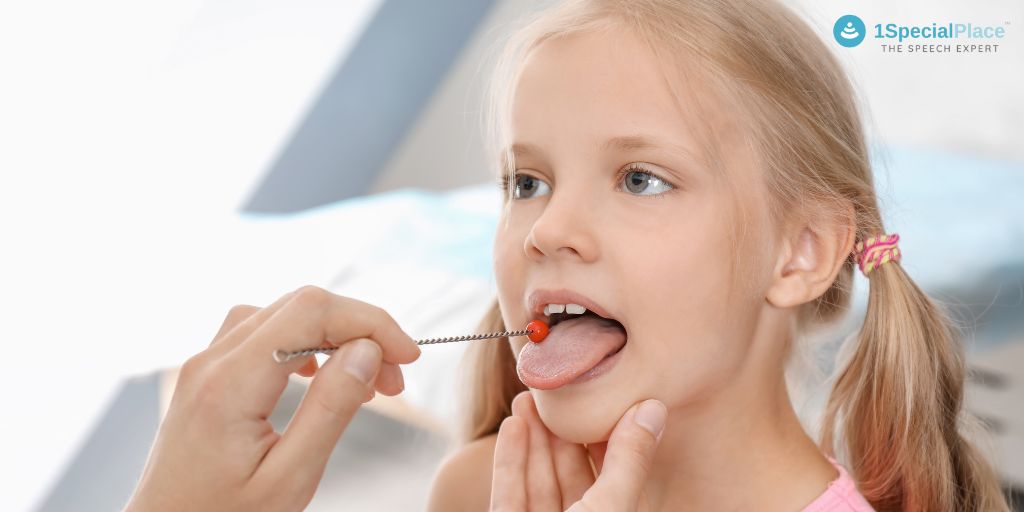Articulation Therapy: Teaching M and N sounds
Articulation Therapy: Teaching M and N sounds Teaching M and N sounds- The sounds /m/ and /n/ are voiced nasals. Nasals refer to the way the sounds are produced with air flowing through the nose. If these sounds are misarticulated, a speech therapist can assist in bringing an understanding of how the sounds are made …





